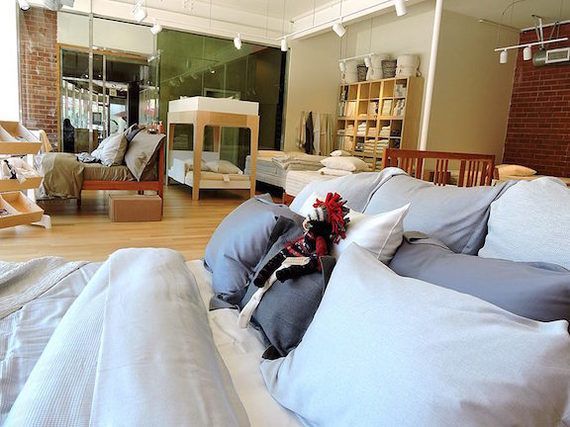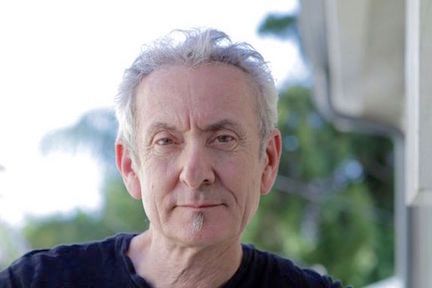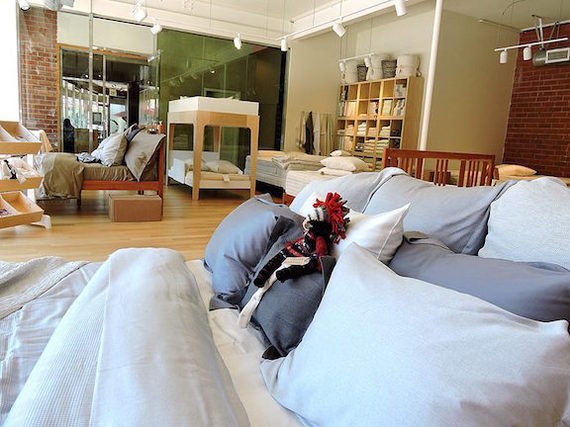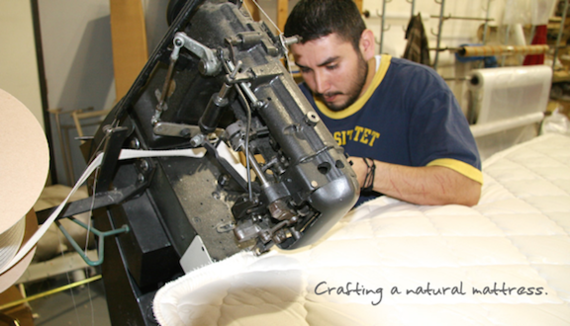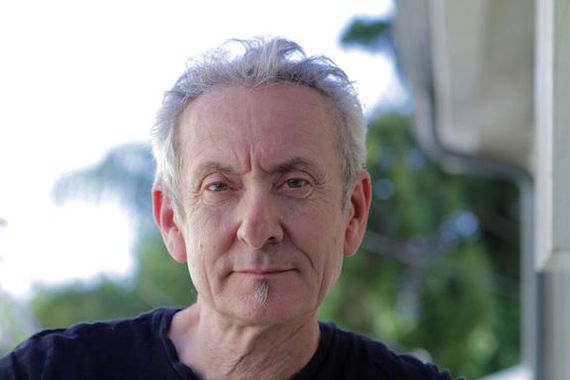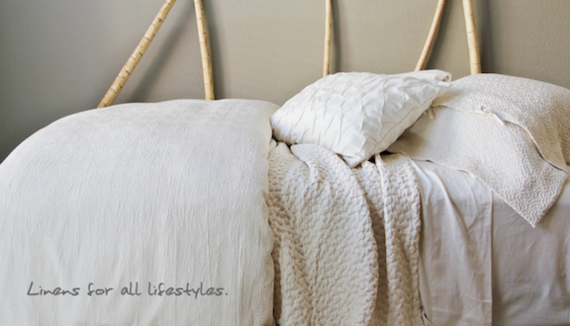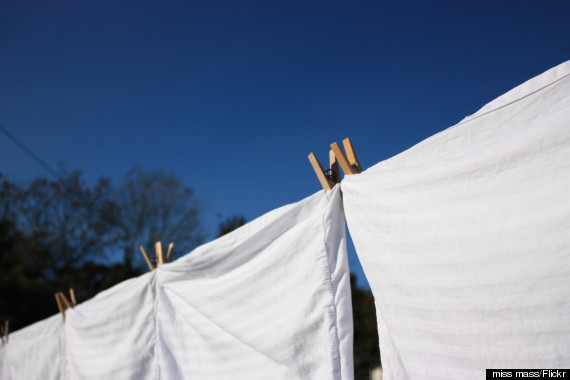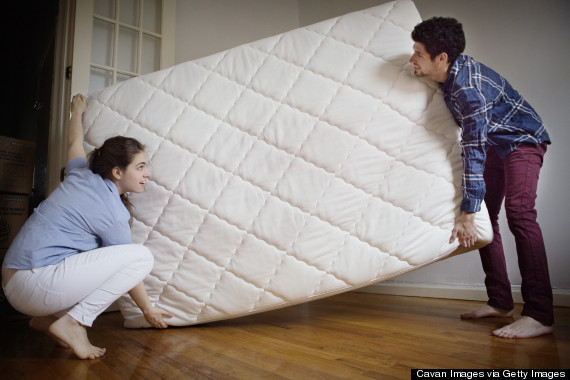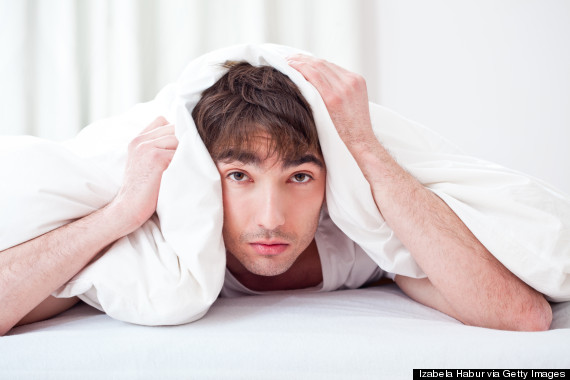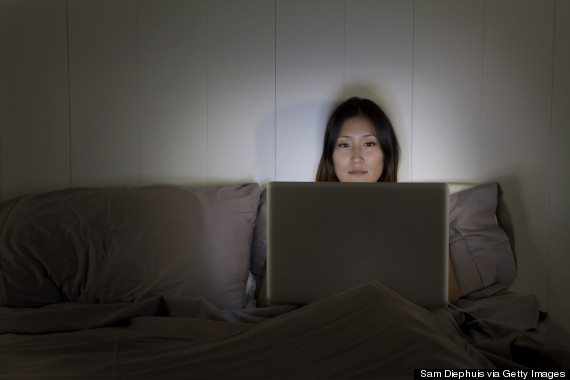WRITTEN BY BRIAN ANDERSON
January 18, 2016
Andrew Petrulis is finally getting some rest.
For years, he didn’t want to fall asleep. He was out of the war but sleep put him back in it. His dreams replayed scenes from 11 years of active-duty service as a member of a US Air Force explosive ordnance disposal unit. Master Sgt. Petrulis defused roadside bombs and other improvised explosives with a robot, or sometimes his own hands, throughout Iraq, Afghanistan, and Southwest Asia between 2002 and 2013. He received the Bronze Star twice. He shot at people and got blown up. Bombs went off within feet of him. The explosions rattled his brain.
He relived these scenes, over and over, in nightmares.
After an honorable discharge, returning home, and joining the reserves in 2013, an MRI showed scar tissue on his brain. The VA diagnosed Petrulis with traumatic brain injury, severe post-traumatic stress disorder, tinnitus, Achilles and kneecap tendonitis, and depression. The VA rated his disabilities at a combined 140 percent, with PTSD, which his life now revolves around, accounting for 70 percent of that rating. But he was still functional in the sense that he could eat and go to the bathroom on his own. The VA ultimately declared him a 90 percent disabled veteran.
He was running on fumes, getting only two or three fitful hours of sleep each night. He had regular panic attacks. Weekly night terrors. Vivid nightmares every other day, or so. He locked himself in his house, alone. Sometimes he’d drink on the couch until he passed out. But mostly he was too afraid to close his eyes.
“It got really, really bad,” Petrulis, now 31, tells me. “I couldn’t do anything. So I’d just stay up.”
Things are different today. Three or four nights a week, after tucking himself in bed, Petrulis slides a prototype 17-pound weighted blanket over his sheets. The blanket is roughly 3 feet wide by 6 feet long, covered in penguin print, and looks a bit like 60 or so 4 x 4 inch bean bags handstitched together. The pockets are each stuffed with polypropylene pellets and a sort of memory foam material.
Petrulis is a big guy—6’2″, 250 pounds—but the blanket’s weight spreads evenly over him.
“I feel safer when it’s covering my entire body,” Petrulis explains. No one can bother him this way. “It sets my mind up for sleeping hard that night.”
Which he does.
What happens, exactly, while he’s under such pressure? It sounds almost too good to be true. Whatever it is, can heavy blankets help other veterans with combat-related sleep problems get some rest too? What about restless deployed troops? Can heavy blankets offer them relief?
The underlying idea is dead simple: create a cocooning embrace, like being swaddled. Petrulis compares it to a firm, comforting hug. According to Gaby Badre, a leading sleep researcher who’s studied weighted blanket therapy for treating insomnia in adults, there is good reason to believe this is because the deep pressure touch of a weighted material spread over part or all of the body dials down the fight-or-flight arousals of the sympathetic nervous system. (It’s generally accepted that a weighted blanket should be at least 10 percent the person’s body weight.) There is also speculation that lying under heavy constant pressure such as a weighted blanket feels good because it somehow lights up the brain’s reward center, probably triggering the release of neurotransmitters like serotonin and dopamine.
But that’s about the extent of our understanding of the science beneath weighted blankets. No one knows precisely what goes on in the brain and throughout the body under this kind of pressure; whether the mechanism is mere placebo, or if something else altogether makes lying under a weighted blanket feel so reassuring and safe that it could bring deep, restorative sleep to those who need it but can’t otherwise get it on their own.
It’s this mystery that still largely colors weighted blankets as non-evidence-based folk remedies to sleep disorders.
“It’s almost like I have feelings in the dream. I physically feel in the dreams”
They have shown promise as anti-anxiety and stress-relief aids in the very young and the very old. There is data and evidence to support claims that heavy blankets can help calm children with attention deficit hyperactivity disorder, autism, and other sensory disorders, as well as elderly people with dementia, added Badre, who’s been studying sleep since the late 1980s and currently oversees sleep medicine clinics at The London Clinic, the Institute of Neuroscience and Physiology at the University of Gothenburg, and SDS Kliniken.
The between years, from roughly age 14 through 60, are murkier. There just isn’t sufficient data from clinical experience, at least not yet. There is hardly any supporting research, just anecdotal evidence, that shows the potential of weighted blankets having the same arousal-reducing effects as well as sleep-inducing ones in adult populations, including combat veterans like Petrulis.
No small number of Iraq and Afghanistan war vets have trouble sleeping. Among patients of the Veterans Health Administration, the healthcare arm of the Department of Veterans Affairs, in 2015, 1,262,393 veterans—over 20 percent—had a sleep disorder diagnosis in the past two years, according to a VA representative. Those million-plus diagnosed sleep disorder cases, to say nothing of undiagnosed cases, are all different; various external factors like back and other muscular, skeletal, and neurological issues, plus prescription drug histories, bring unique forces and circumstances to bear on combat-related sleep disturbances.
Petrulis is one veteran battling sleep after war. And one veteran reporting positive results, with no apparent side effects, from a non-evidence-based sleep aid is notable. But it’s not enough to convince the government to fund or conduct clinical research into that aid.
Neither the VA nor the Department of Defense are exploring weighted blanket therapy. Petrulis and Chelsea Benard, a licensed occupational therapist who introduced him to weighted blanket therapy in the fall of 2015, wonder why not. Petrulis and Benard, who handstitched the 17-pound blanket Petrulis currently uses, don’t think the blanket is a cure-all for his sleep problems, but rather a promising, albeit under-researched supplement to other evidence-based treatment options for sleep and anxiety issues.
“What’s neat is it’s a non-pharmacological approach that can be used as a complement tool to any other kind of treatment,” says Benard, who had the idea to try out weighted blankets with adult patients after she saw success using them on kids. “It’s not going to have any side effects.”
She and Petrulis genuinely believe the technique can help people like him who cope with combat-related PTSD or TBI, whose core symptoms include sleep disturbances. And he says he’s tried just about everything when it comes to sleep.
The VA initially prescribed him Ambien, which he tried once with no luck. The VA then upped the dosage, but still nothing; he’d sleep a few hours, then be up the rest of the night. They also put him on Valium for panic attacks, but that didn’t help either, even after an upped dosage. The VA currently has him on Prazosin, a blood pressure medication developed in the 1980s that’s been shown to stanch night terrors, and also has him on Klonopin, an anti-anxiety drug, for panic attacks. He says the Klonopin isn’t working, and is unsure whether or not Prazosin is helping. When he tries to power down at night, his brain is often going a million miles an hour.
Except while he’s under the weighted blanket. He says it’s the only thing that helps him sleep. Nothing else gets him in a place at the end of the day where he can calm down and drift off. To this day, he hasn’t had a nightmare with the blanket on.
But bad dreams still haunt him.
They come when he isn’t sleeping under the blanket, and they often begin at home in Higganum, Connecticut, with Petrulis surrounded by family and friends. Then he’s driving a Humvee around town. He turns a corner, and suddenly he’s in Baghdad or Kandahar or some other place where he’s fighting for his life.
He steps out of his vehicle and there’s a guy pointing a gun at him. Petrulis raises his M4 rifle, pulls the trigger. But it won’t fire. He keeps pulling the trigger and the guy either shoots Petrulis, or Petrulis dreams he shoots the guy.
That bad dream hasn’t come around in awhile. It’s a scene from January 2, 2006, the first time Petrulis was blown up. He was driving a Humvee through Kandahar when a vehicle-borne improvised explosive device—a car bomb—detonated 10 feet from the armored vehicle. Everything went black. His gunner’s face was covered in third-degree burns. It was the first time Petrulis realized, “Hey, I’m not invincible.”
He has lived with that memory—that bad dream—for years, reliving it over and over again in his sleep.
His dreams have expanded with time. Most recently they’ve taken on an Inception-like, dream-within-a-dream quality. Petrulis will be disarming IEDs when suddenly he “wakes up.”
“Oh my god,” he thinks to himself. “It was just a dream. I’m glad I’m not at war.”
He’s fine. He’s in his bedroom. He gets up, walks outside, and guess what? There’s the war again. There’s nowhere for him to take cover. Enemy rounds are popping off over his head. He’s dodging RPG fire. He starts freaking out. Is this reality?
Then he wakes up again. This time he’s screaming. He really is awake.
“These dreams are so real,” he tells me, almost exasperated. “I can’t express how real they are, even when I wake up that second time. It’s almost like I have feelings in the dream. I physically feel in the dreams.”
These layered nightmares are so visceral he has panic attacks when he surfaces from them. He’ll be soaked in sweat, unable to get back to sleep. Why would he want to?
“If you can find science behind it, that’s one thing. But I would be very skeptical”
The psychologist he saw while on active duty recommended Petrulis keep a dream journal. So he writes down a lot of these nightmares. He’s found it helps his brain comprehend them.
Writing this raw material down is a key stage of image rehearsal therapy, an evidence-based treatment for nightmares, said Wendy Troxel, a clinical and health psychologist who does sleep research in both civilian and military concentrations. Image rehearsal therapy involves patients “rescripting” their dreams, and is one in a range of evidence-based treatment options for enduring psychic wounds of modern war like PTSD and insomnia. These options include medications like Prazosin, the anti-nightmare drug Petrulis currently takes; prolonged exposure therapy for PTSD; and cognitive behavioral therapy for insomnia.
Troxel told me she’s never heard of weighted blankets. As the co-principal investigator of an exhaustive 2015 RAND report on military sleep, she would be cautious about discussing any potential remedy for sleep disorders or PTSD that isn’t evidence-based. Which a heavy blanket is not.
“If you can find science behind it, that’s one thing,” she wrote in an email. “But I would be very skeptical.”
A review of the literature brings up just one randomized controlled trial examining the efficaciousness of weighted blankets on any psychological health outcome, according to Dr. Daniel Evatt, chief of research production at the Department of Defense Deployment Health Clinical Center. The study, published in 2014 in the journal Pediatrics, found that autistic children and their parents preferred weighted blankets over regular ones (the blankets were “well tolerated”). But the findings also reported that the weighted blankets did not improve overall sleep time for the children any more than the traditional blankets.
In a written statement, Evatt said in light of that evidence, clinicians “might incorporate initial evidence that weighted blankets may be preferred and well tolerated and suggest that weighted blankets could be considered like any other bedding accessory and advise patients to use those bedding accessories that work for them.”
“On the other hand,” Evatt added, “clinicians should be cautious of alternative treatments such as weighted blankets that are advertised with unsupported claims and that could be sought out by some patients in lieu of treatments that have the support of a body of scientific evidence.”
Dr. Vincent Mysliwiec, the US Army Surgeon General’s sleep medicine consultant, is aware of heavy blankets used for sleep.
“From my understanding it’s kind of like a Beanie Baby,” says Mysliwiec, who authored a 2013 American Academy of Sleep Medicine study on active duty military personnel prone to sleep disorders and short sleep duration. “You’ve got this blanket with these tactile-like senses that you can, like, sense while you’re sleeping.”
Mysliwiec is not familiar, however, with any scientific or medical-based studies that have established weighted blankets as an efficacious sleep therapy for any patient population, not just military.
Kind of like a Beanie Baby. That’s about as good of an explanation as any.
Or, maybe, kind of like floating.
Gaby Badre doesn’t have problems sleeping, though he’s tried sleeping under a weighted blanket anyway. He’s also spent time soaking in a sensory deprivation tank, and thinks that somehow the two experiences can share a core operating principle.
“The floating situation is really interesting,” says Badre. “You’re floating. It’s the same thing if you’re under deep pressure that is evenly distributed, so that you don’t feel a change in stimulation. You don’t get more stimulated by moving in your bed.”
Badre is at the forefront of clinical weighted blanket therapy research in adult populations. He led a 2015 study on the positive effects of weighted blankets in adults aged 20 to 66 with intrinsic insomnia, or insomnia not secondary to medical or psychiatric disorders. The weighted blanket used in that study was a Swedish-designed product with adjustable metal chains (providing adequate pressure, depending on body weight).
The results were published in the Journal of Sleep Medicine & Disorders, and found that a weighted blanket might aid in decreasing insomnia and, as such, “may provide an innovative, non-pharmacological approach and complementary tool to improve sleep quality.”
Badre says there are two issues at play.
“We know that deep pressure with a consistent sensory input decreases the level of arousal,” he explains. “The other aspect is that tactile stimulation can decrease the activity of the sympathetic nervous system. We know that an increase in sympathetic activity will increase arousal.”
That might be the limit of our understanding of the science beneath weighted blankets, but for Badre it seems to be enough to justify using one.
“I think everything that can give you this cocooning and monotonous tactile stimulation can have a positive impact,” he tells me.
A positive impact is one thing. A body of evidence supporting that impact is another. Badre admits we simply need more clinical data before considering weighted blankets as anything other than an alternative approach to treating sleep disorders in adult populations. That includes active-duty military personnel and veterans.
Badre says he has worked with at least one former member of the US military—a Marine who’d act out his nightmares—and thinks weighted blankets can help those with sleep problems related to PTSD. There’s even a chance Badre could’ve been studying weighted blankets to treat such disorders in these types of patients by now, if only it were easier to convince the US military community to provide funding to rigorously research the technique. He would know.
It’s unclear which branch of the military he and an American colleague were targeting. Badre says last fall they’d drawn up a weighted blanket research grant proposal, but that according to his colleague the military showed “no enthusiasm” before the idea was even formally presented. The researchers decided to not submit the proposal.
“We have been far too busy making weighted blankets to commission studies”
What might account for that lack of enthusiasm?
Troxel speculates it could be a matter of military funding. But it could also be that scant preliminary data on weighted blankets is not enough to support deeper investments from the government.
There does seem to be a lack of bandwidth, time, and money among the small handful of weighted blanket providers on the market to commission clinical research.
“We have been far too busy making weighted blankets to commission studies, but we would love to do so (or be part of one),” Donna Chambers, founder and CEO of Sensacalm, wrote me in an email. Sensacalm makes weighted blankets for people with autism, ADHD, Asperger’s, PTSD, sensory processing disorder, anxiety, dementia, and Alzheimer’s. Chambers added that Sensacalm has previously donated blankets to researchers studying them, but has yet to hear back any results.
The irony is that the VA, at least, does offer patients weighted blankets and vests. Just not for sleep disorders.
They can be ordered through the VA’s Rehabilitation & Prosthetic Services and are provided for orthopedic and neurologic balance disorders, such multiple sclerosis, Parkinson’s, ataxia, and stroke, according to a written statement from the VA. Patients must show documentation of medical necessity and how the blanket is an essential component of their treatment plans. This doesn’t extend to treating sensory processing disorders, post-traumatic stress, and anxiety, the statement adds.
“We don’t necessarily recommend compression blankets,” a VA spokesperson tells me.
That’s one way of putting it.
“We can’t necessarily prescribe this because it’s not a medical device,” says Mysliwiec, the US Army Surgeon General’s sleep medicine consultant.
That’s another way.
That doesn’t mean Mysliwiec thinks there’s nothing to lying under a weighted blanket, however. He thinks it can play a role in people getting better sleep. It’s OK to use one, Mysliwiec admits, so long as it doesn’t cause a person any side effects. Blankets are probably not fit for people with disruptive breathing disorders like sleep apnea, or who have underlying heart or lung conditions. In those cases Mysliwiec would not consider weighted blankets appropriate or exactly safe.
But for people like Petrulis, who does not report sleep breathing disorders or any underlying heart or lung conditions, for whom sleeping under a weighted blanket helps their sleep, Mysliwiec doesn’t think using one is a problem, and he sees no significant side effects either.
“A 17-pound blanket shouldn’t bother a normal adult,” he admits.
For their part, Petrulis and Benard are trying to get the word out and scale up production of her proprietary blanket model. Benard tells me she’s used weighted blankets with at least 200 adult patients over roughly the past five years; about 80 of them were veterans, and she says every one of them had symptoms of anxiety or disturbed sleep negatively impacting their quality of life. Others with PTSD, including rape victims, have also reached out to her, asking how they can get their hands on a blanket.
Benard has 10 blankets as of this writing. She was waiting on a bulk order, paid entirely out of pocket, of 1,000 pounds of the polypropylene pellets and memory foam-like material (she did not elaborate on either) to hopefully make a bunch more blankets. At the same time, she’s trying to figure out if bulk manufacturing would even make sense.
“I’m not sure we’ll be able to keep up with the demands,” Benard tells me. Her and a small group of volunteers still sew blankets by hand.
She does hope to launch a non-profit, called Snug as a Bugz, centered on her model of “battle blanket.” She has a natural spokesperson in Petrulis, who is currently helping her raise funds to get more material to make more blankets. Since launching a GoFundMe campaign on December 5, 2015, “over 400” people have contacted Benard in support of weighted blankets or requesting more information; they have all either been combat veterans or families or friends of veterans. All the money raised through the campaign would go toward making more blankets—Benard and Petrulis would take none of the cut. The pair hopes to get blankets in the hands of as many vets as possible, including at retreat centers like Virginia-based Boulder Crest, a privately-funded rural wellness retreat for combat vets and their families.
I asked Josh Goldberg, director of strategy at Boulder Crest, if the retreat would ever consider keeping a few weighted blankets onsite for guests with sleep disorders. “I would absolutely not rule it out,” said Goldberg. He was careful not to endorse weighted blankets outright, but did say Boulder Crest is “very open minded to the fact that a lot of things that are non-clinical in nature can be very, very effective at giving people the peace that they need to live the life they deserve to live in.”
It can be hard to sleep while at war. But adjusting to sleep long after battle can be a war unto itself
Lying under a heavy blanket has given Petrulis a little bit of that peace. He sleeps and feels a lot better than he did just a few years ago because of it. If the potential is there for something as dead-simple as weighted blankets to help other vets with sleep issues and perhaps even deployed troops with similar problems, Petrulis wants military brass to understand something.
“I want the military to really understand that this is something—and they really don’t know about it, or talk about it, and there’s no information on this—that will drastically help people even if you just have ‘em in your mental health units,” he says. “Or bring them into every EOD shop.” If someone’s having a bad flashback or is unable to sleep, just wrap them up. “It’s such an easy thing to do.”
He’s talking about people who are deployed, who are in war zones, not just vets at home. A reality of modern war is that a generation of tired troops are being raised up through the ranks, and that has a big impact on sleep and life during and after war.
The 2015 RAND military sleep study Troxel co-authored included 1,957 participants from across all four branches of the armed forces, and found a “high prevalence” of sleep issues like poor sleep quality, nightmares, insufficient sleep duration, and daytime sleepiness among those subjects. The participants were “older and all married,” Troxels points out. Their battle rhythms are in stark contrast—they’re just not as zipped up—compared to the twenty-something deployed men who Troxels says are the highest-risk demographic today for, say, slugging energy drinks. And then crashing.
“It’s concerning that we’re raising this population of service members who are using a variety of techniques to stay awake, which then further compromises sleep,” Troxel says. “It’s a vicious, perpetuating cycle of trying to stay awake and then not being able to fall asleep at night, which perpetuates not being able to sleep the subsequent night.”
“There’s something endemic to military culture that’s contributing to sleep problems,” she adds.
It can be hard to sleep while at war. But adjusting to sleep long after battle can be a war unto itself.
Petrulis misses the person he used to be, before the PTSD and sleepless nights. But he knows he will never be that person again.
“I feel like a person who pops 30 pills a day from 10 different doctors all trying to figure out what’s wrong with me and how to help me,” he says. “I used to care but now I don’t. I feel like a test subject that is fed pills until my brain is numb and I don’t have to think anymore.”
He has good and bad days.
Today, he is in the process of being medically retired from the reserves. He heads up a CrossFit gym, which recently celebrated its one-year anniversary. He brings the blanket to work sometimes, wrapping himself up there if he can’t concentrate. Or if he had a bad night sleeping. He seems somewhat relieved that sleeping with the blanket some nights is helping him sleep during nights when he doesn’t use it.
The night terrors are down to once every two weeks, but he’s still having issues allowing his body to rest. He does report sleeping soundly the three or four nights per week he currently sleeps under the blanket, accepting its weight.
He pulls it down toward his feet as these nights progress. Sometimes bad dreams happen after that, but never when the blanket is physically on top of him. When he wakes up it’s not on him at all. Eventually Petrulis hopes to wean himself off the blanket entirely.
“I want to try and be a normal human being again,” he says. There’s a hesitance in his voice, as if staring down a long struggle ahead. “I don’t want to go to sleep still.”
You’ll Sleep When You’re Dead is Motherboard’s exploration of the future of sleep. Read more stories.
TOPICS: Full Plastic Blanket, You’ll sleep when you’re dead, sleep, war, military, nightmares, night terrors, ptsd, TBI, post-traumatic stress disorder, traumatic brain injury, depression, veterans, Andrew Petrulis, weighted blankets, heavy blankets, compression,
Contact the author by email or Twitter.
You can reach us at letters@motherboard.tv. Want to see other people talking about Motherboard? Check out our letters to the editor.

